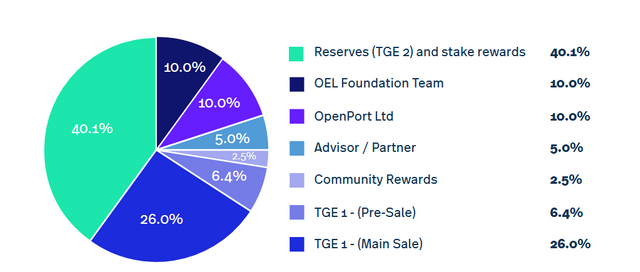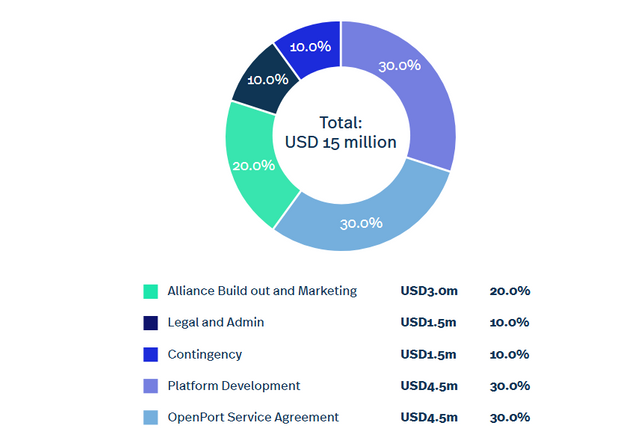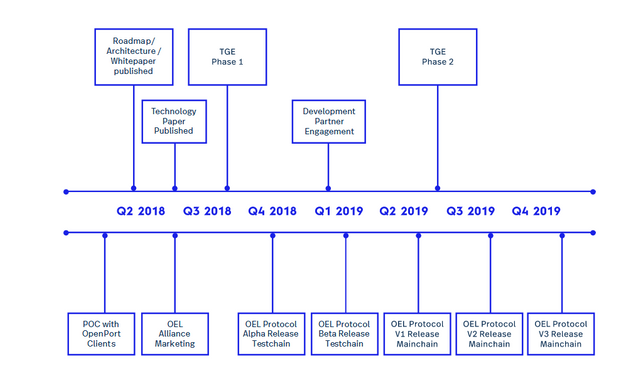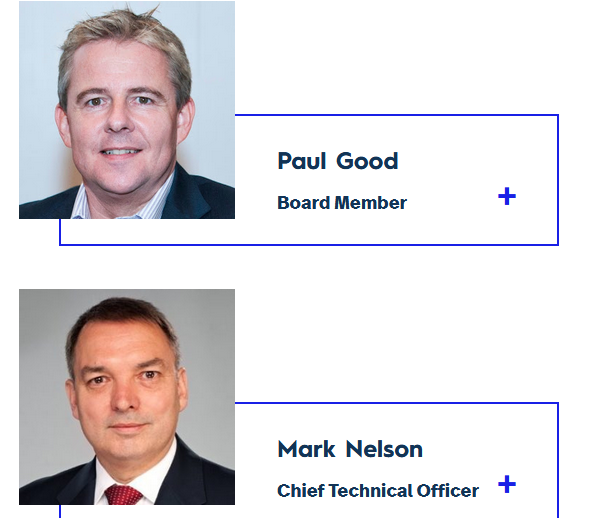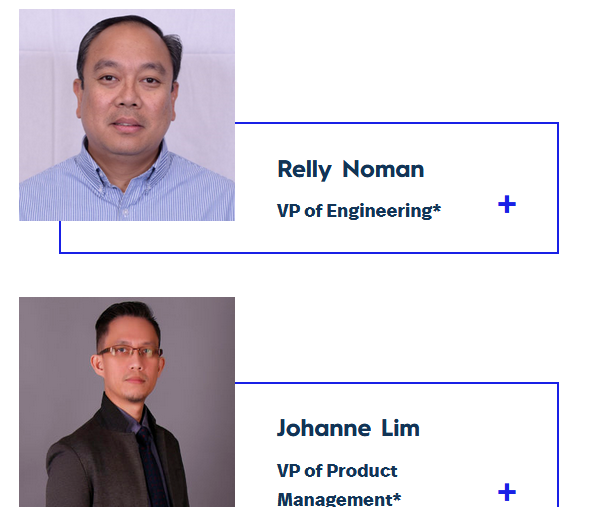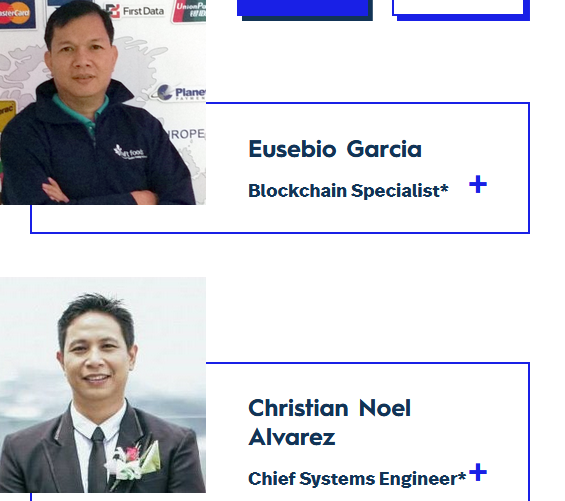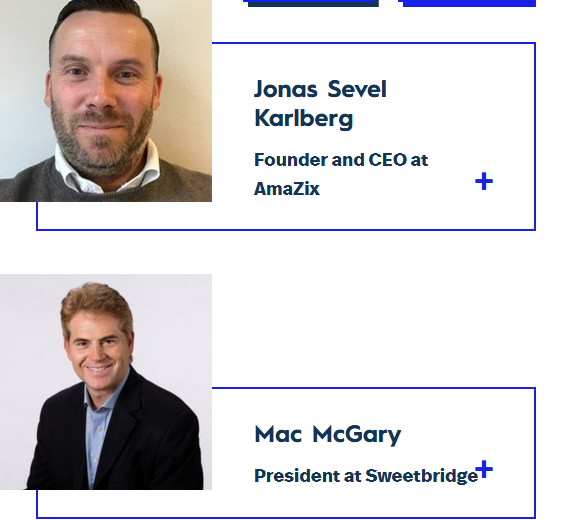Cryptocurrencies is one of the most important inventions since the inception of the web. They are ushering in a new era of decentralization, privacy, and control of one’s own data that has the potential to revolutionize many parts of society. There are currently over one thousand cryptocurrencies in use, with hundreds more being released each year. Their combined market cap has grown from $10 billion in 2016, to over $400 billion at the time of writing, having previously been much higher. Only 1% of the world’s population own cryptocurrency. Companies involved with blockchain, the technology behind cryptocurrencies and altcoins are expected to experience significant growth over the coming years. Blockchain technology can solve dozens of previously intractable problems, like digital identities, supply chain integrity, data breaches and many, many more. The use of blockchain technology within society has been exponentially increasing since it was introduced to the world by Satoshi Nakamoto. The first use of blockchain technology was bitcoin. According to Gartner Insights, blockchain, the driving force behind the crypto market is estimated to grow in business value to $3.1 trillion by 2030. Blockchain is the fastest growing market in the world and the OPN token offers investors an opportunity to benefit from the growth in value. The age of blockchain technology is just beginning.
Before i proceed lets take a look at this short video
OEL FOUNDATION
A non-profit organisation providing governance and resources for the development of the Open Enterprise Logistics blockchain ecosystem. This Foundation for Blockchain-Powered Logistics has helps companies like OpenPort to build better solutions.
MISSION
To remove this burden through the adoption of a common, shared, and open source enterprise architecture utilising blockchain technology.
PROBLEM
Market Fragmentation
In many markets, a large percentage of logistics for road transport is handled by brokers known as “3PLs” (third party logistics providers, sub-contracting services) or “4PLs” (fourth parties used to manage 3PLs). When a truckload of toiletries arrives in an Indonesian town, for example, that shipment has already gone through three or even four iterations of handling by sub-contractors. The person performing the actual delivery to the consignee at the end of the supply chain could be the owner or operator of an individual van or truck. These transporters typically do not have IT systems for recording data on their shipment and rely on manual processes. The result is that transfers are made througha fragmented base of outsourced transportation providers without real-time tracking, limiting the visibility of shipment events for the shipper.
Manual Process & Physical Records
Without an integrated platform from shipper to consignee, an extensive manual paper trail is required, which slows the payment process for all parties. Proof of Delivery (POD) is made by paper records, which creates a ‘shadow credit’period during which the shipper cannot invoice the retailer, and the transporter cannot invoice the shipper. This shadow credit period can easily extend beyond 10 days in emerging markets, affecting the working capital of transporters. Paper records are also open to dispute, which adversely affects customer satisfaction and further delays the flow of cash between shippers, retailers, and transporters.
Liquidity & Cash Flow
Lacking the means to provide verification of transactions and shipment events makes it difficult to ensure the complete and intact delivery of goods. The result is a cash-squeezed supply chain addled by inefficiency, lack of liquidity, and revenue loss.However, if the occurrence of that transaction is irrefutable, and the records contained in the decentralised ledger are available to all parties involved in the exchange of goods, then an immutable audit trail is created. A liquidity provider, such as a financial institution or insurance company, would then be likely to offer favourable rates to a transporter who factored their invoice, or to a shipper who has invoiced a consignee.
SOLUTION
Vision
The Foundation aims to empower the transport industry by moving paper-based and off-ledger digital records onto the blockchain. Through distributed ledger technology a shipment related entry becomes immutable, providing an indisputable record of the freight’s history linked to a digital agreement – a smart contract. The OEL Foundation is committed to enabling logistics players across the transport industry to blockchain-enable their technology, bringing the benefits of the distributed ledger to as many participants as possible.The Foundation is driving development of a decentralised infrastructure to meet the challenges of transport management.
The blockchain-based ecosystem of OEL Enterprise Architecture, OPN Token, and Alliance members enables and supports distributed applications (dApps) that leverage irrefutable shipment data. Supply chain stakeholders gain the ability to cut through complex layers of sub-contracting by rewarding the sharing of data though micro-reward incentivisation, and to leverage immutable proof of shipment events to drive cash flow.
Value Proposition
The OEL Enterprise Architecture drives development of logistics solutions for supply chains, with an initial focus on transport management. The potential impact of blockchain on the enterprise transportation industry is significant. Implementation of the Enterprise Architecture will make blockchain applications real, accessible, and functional for all parties in the supply chain. With network participants incentivised to share data, service levels and accountability improve. The transparency and trust introduced into the resultant blockchain-driven transport ecosystem enables acceleration of payments, from the multinational manufacturer and shipper, down to the consignee acquiring the goods, to the local transporter delivering those goods to remote storefronts. Improvement of service levels and acceleration of payment cycles will drive profitability and create liquidity. The benefits of such an ecosystem are to:
Eliminate reliance on intermediaries by using a blockchain to transmit orders, letters of credit, bills of lading, and delivery receipts without requiring bonded couriers.
Drive market efficiency, transparency, and cost savings using an immutable and auditable public ledger for recording documents and events, while utilising smart contracts to trigger payments and micro-rewards.
Facilitate fluid demand and supply side relationships, reducing reliance on brokers and clearing houses.
OEL Foundation Alliance
The OEL Foundation Alliance will be comprised of stakeholders in the supply chain industry; from multinational brand owners and manufacturers, to freight forwarders and third-party logistics companies (3PLs), transporters, and retailers. The OEL Foundation Alliance will also encompass ancillary service providers – technology providers, developers, and financial services for the supply chain industry.
Alliance members are involved in the conceptualisation, development, and implementation of blockchain applications using the OEL Enterprise Architecture, with the goal of making blockchain applications real and actionable for stakeholders.Membership in the OEL Foundation Alliance comprises three tiers, to be as accessible as possible to all, while acknowledging those organisations who wish to contribute material resources.
General Members
Have access to the information produced by the Foundation, and to production ready applications.
Premium Members
Have quarterly access to the development team, along with access to software development kits (SDKs) and beta releases for early stage blockchain applications.
Enterprise Council Members
Influence the direction of development of the Enterprise Architecture, and can co-author articles, studies, and other content released by the Foundation. They receive the same full technology access as Premium members.
Track Record
OpenPort, the commercial entity contracted by the Foundation to provide development and administrative support for the OEL ecosystem, was incorporated in 2015 and has achieved over USD 500k in monthly revenue across four Asian markets, providing digital logistics solutions for some of the largest consumer goods companies in the world and the global 3PLs managing their supply chains. OpenPort and the Foundation are currently operating a private blockchain network which supported the blockchain-enabled proof of delivery, micro-rewards and invoice factoring pilots successfully executed by OpenPort in early 2018.
The Foundation will leverage OpenPort’s existing client base, experience, and knowledge gained through these pilots to design, build and implement the OEL Enterprise Architecture with understanding and access to the real-world requirements of enterprise logistics.
ECOSYSTEM
The OEL blockchain ecosystem is comprised of the open-source OEL Enterprise Architecture, OPN Token and members of the OEL Alliance.
OEL PLATFORM
OEL Foundation dApps (Foundation and third-party use cases)
Dashboards and BI tools
Smart Contract DSL
Identity Management
Role Based Authorisations
Client on-boarding Wizards
OEL TOKEN
The OPN Token fuels smart contracts and powers a new way to move goods and payments through the supply chain with transparency and scalability. A utility token will fuel smart contract validation, serve as micro-rewards for sharing data to the network, and act as a point of access and stake on the network.
OPN Token is the utility token powering the OEL Protocol through four key utility functions: Smart contract validation
Micro-rewards and incentivisation, Point of Access, Staking . There will be two token generation events for the OPN Token (OPN), the first phase of the token generation event (TGE Phase 1) will occur in Q3 2018 and the second phase of the token generation event (TGE Phase 2) will occur in Q2/Q3 2019. OPN Tokens issued during the TGE Phase 1 will conform to the ERC-20 standard.
TOKEN DETAILS
Token name: OPN
Token: Erc20
Maximum token supply: 100M Tokens
Price: USD 0.50 / token
Soft cap: USD 4 million
Hard cap: USD 15 million
TOKEN DISTRIBUTION
USES OF PROCEED
30% of the proceeds will be allocated to developing and implementing the OEL Enterprise Architecture (hiring developers, service providers and infrastructure)
30% of the proceeds will be allocated to OpenPort as per the terms of service agreement to cover the services provided by OpenPort leading up to the token generation event and future services supporting the Foundation’s initiatives)
20% of the proceeds will be allocated to the OEL Foundation Alliance build out and marketing initiatives supporting the adoption of the OEL Platform
10% of the proceeds will be allocated to cover administrative and legal expenses
10% will be allocated as reserves for contingency
ROADMAP
MEET THE TEAM

ADVISOR
For more information, please visit the following sites:
Website: https://oel.foundation/
Whitepaper: https://oel.foundation/assets/whitepaper/oel_foundation_whitepaper_v1.0.pdf
ANN Thread: https://bitcointalk.org/index.php?topic=4437016.0
Medium: https://medium.com/oel-foundation
Facebook: https://www.facebook.com/OELFoundation/
Twitter: https://twitter.com/OELFoundation
Telegram: https://t.me/OELFoundation
Reddit: https://www.reddit.com/r/OELFoundation/
Author: Seunola
MyBitcoinTalk profile: https://bitcointalk.org/index.php?action=profile;u=1925064
ETH Address: 0x3eb48CF7E0A5570540641DD8263cA40e307562e9

